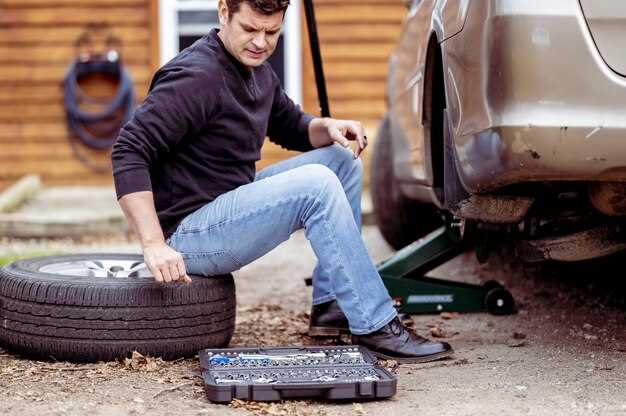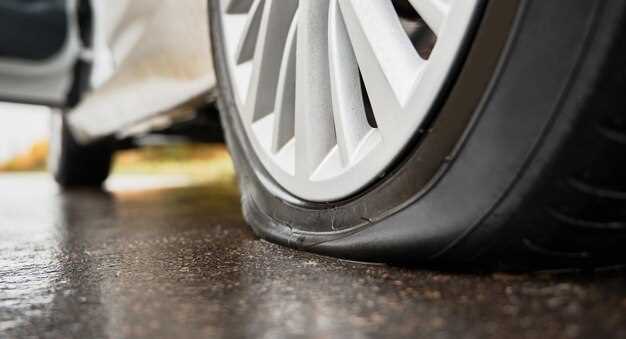
Understanding the intricacies of tire compounds and their heat cycle dynamics is essential for anyone involved in motorsports or automotive performance. Tires are not merely rubber circles; they are carefully engineered components that directly impact traction, handling, and overall vehicle performance. The chemical composition of tire materials plays a pivotal role in how tires behave under various conditions, particularly regarding temperature changes.
As tires rotate, they experience heat generation due to friction with the road surface. This heat influences the tire’s physical properties, including grip, wear rates, and structural integrity. The concept of the heat cycle refers to the repetitive process of heating and cooling that tires undergo during usage. Each cycle affects the tire compound, leading to variations in performance characteristics and durability over time.
Grasping the relationship between tire compounds and heat cycles not only aids in optimizing tire selection but also provides valuable insights for adjusting driving styles and strategies. By examining how different tire materials respond to heat cycles, drivers and teams can enhance their competitive edge, maximizing both performance and safety.
Understanding the Role of Rubber Composition in Tire Performance

The performance of a tire is significantly influenced by its rubber composition. Tire manufacturers utilize a variety of rubber compounds, each engineered to enhance specific performance characteristics such as grip, durability, rolling resistance, and temperature stability. Understanding these properties helps in selecting the right tires for various driving conditions.
Natural and Synthetic Rubber: The primary components of tire rubber are natural rubber, derived from the sap of rubber trees, and synthetic rubber, produced from petroleum-based materials. Natural rubber offers excellent elasticity and grip, making it ideal for high-performance tires. In contrast, synthetic rubbers, such as Styrene Butadiene Rubber (SBR) and Butyl Rubber, are tailored for specific functionalities, such as improved wear resistance and lower rolling resistance.
Fillers and Additives: The incorporation of fillers like carbon black and silica enhances the physical properties of rubber. Carbon black increases durability and abrasion resistance, while silica improves wet traction and reduces heat buildup, which is crucial for high-speed performance. Additionally, additives such as antioxidants and age resistors enhance the lifespan of tires by preventing degradation caused by environmental factors.
Softness and Stiffness: The hardness of the rubber compound is measured on the Shore scale, impacting tire performance. Softer compounds provide better grip, especially in cold or wet conditions, while harder compounds offer improved durability and fuel efficiency. Manufacturers often blend different rubber types to strike a balance between grip and longevity, enabling tires to perform reliably under varying conditions.
Heat Resistance: Tire performance is also affected by how well the rubber composition can withstand heat generated during driving. Higher temperatures can alter rubber properties, resulting in reduced grip or accelerated wear. Compounds designed with heat-resistant properties help maintain performance across heat cycles, ensuring that tires do not overheat and fail during strenuous use.
In summary, the rubber composition of tires plays a critical role in determining their overall performance. Through careful selection and formulation of natural and synthetic rubber, fillers, and additives, tire manufacturers can engineer products that meet specific performance criteria, enhancing safety and efficiency on the road.
How Temperature Affects Tire Grip and Longevity
Temperature has a significant impact on tire grip and longevity, influencing both performance and wear characteristics. The rubber compounds used in tires are engineered to operate optimally within specific temperature ranges. When tires are within this range, they exhibit enhanced grip due to the increased flexibility and tackiness of the rubber. Conversely, temperatures outside of this ideal range can lead to a decline in performance.
At higher temperatures, the rubber becomes softer and adheres better to the road surface, resulting in improved traction. This is particularly beneficial in racing scenarios where maximum grip is essential. However, excessive heat can also lead to faster wear, as the softer rubber compounds degrade more rapidly under prolonged exposure to elevated temperatures. The stress from heat can cause tread separation and reduce the lifespan of the tire.
On the other hand, low temperatures can harden the rubber, causing it to become less pliable. This results in decreased traction, especially on wet or slippery surfaces. Cold tires do not generate enough heat to reach their optimal operating condition, leading to longer stopping distances and increased chances of loss of control. Additionally, the rigid nature of cold rubber can contribute to uneven wear and cracking over time.
Maintaining ideal tire temperatures through proper tire management is crucial for maximizing both grip and longevity. This includes monitoring tire pressure, adjusting for weather conditions, and allowing tires to reach their operating temperature through proper usage. Understanding how temperature influences tire behavior enables drivers to make informed decisions regarding tire selection and maintenance, ultimately leading to improved performance and extended tire life.
Evaluating the Impact of Heat Cycles on Tire Maintenance

Heat cycles significantly influence tire performance and longevity, making understanding their impact essential for effective tire maintenance. Each heat cycle arises from tire operation, where heat builds up due to friction, environmental factors, and driving conditions. The frequency and intensity of these cycles affect the rubber compounds in the tires, leading to alterations in their structural integrity.
As tires undergo heating from normal use, the materials expand, and as they cool, they contract. This continuous heating and cooling process can cause the rubber to harden or become brittle over time. A tire may start with optimal flexibility for grip but can eventually lose its efficacy, leading to decreased handling and control.
Maintenance practices should account for these heat cycles. Regularly monitoring tire pressure is vital, as heat increases pressure; overinflated tires experience greater wear and reduced traction. Additionally, rotating tires at regular intervals can ensure even wear patterns, minimizing the stress on any one tire and allowing for consistent performance throughout the heat cycles.
Understanding how temperature affects tread wear is crucial. Tires might show signs of uneven wear or balding after several heat cycles, indicating that they need replacement or realignment. Drivers should also be mindful of driving habits that can exacerbate heat generation, such as aggressive acceleration and frequent hard braking, which can lead to premature tire degradation.
Finally, temperature-checking tools and techniques, such as infrared thermometers, can provide valuable insights into tire health. By analyzing temperature differentials across the tread surface, maintenance practices can be adjusted, ensuring optimal tire performance and safety throughout their lifespan.

